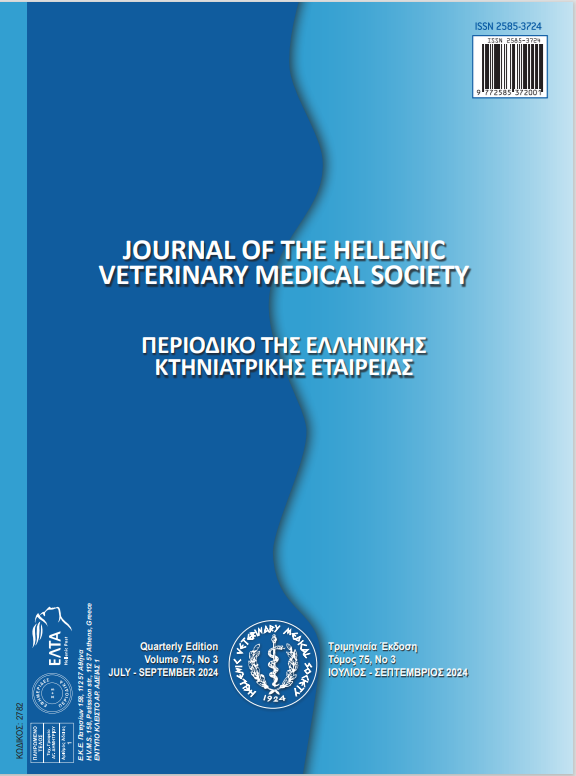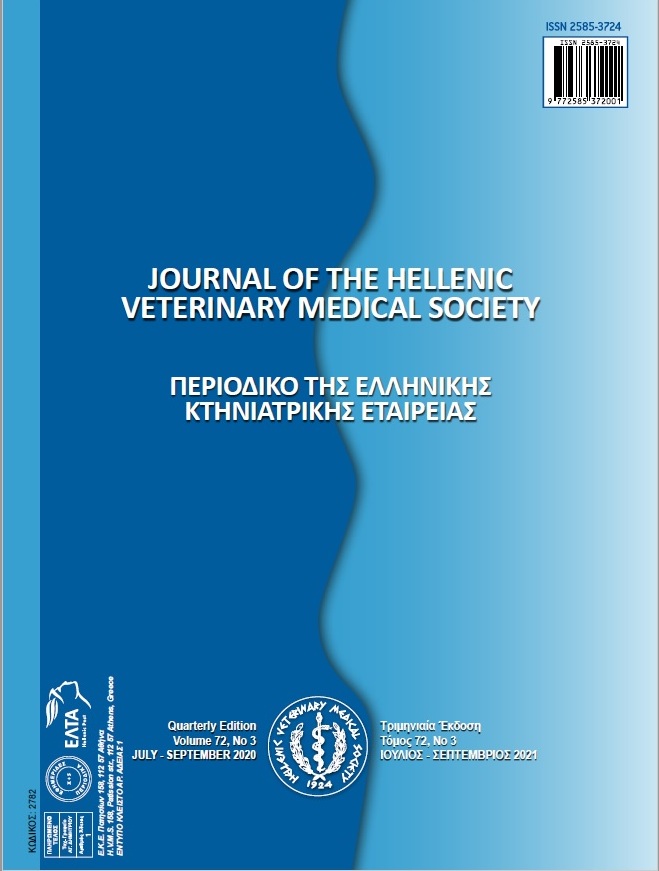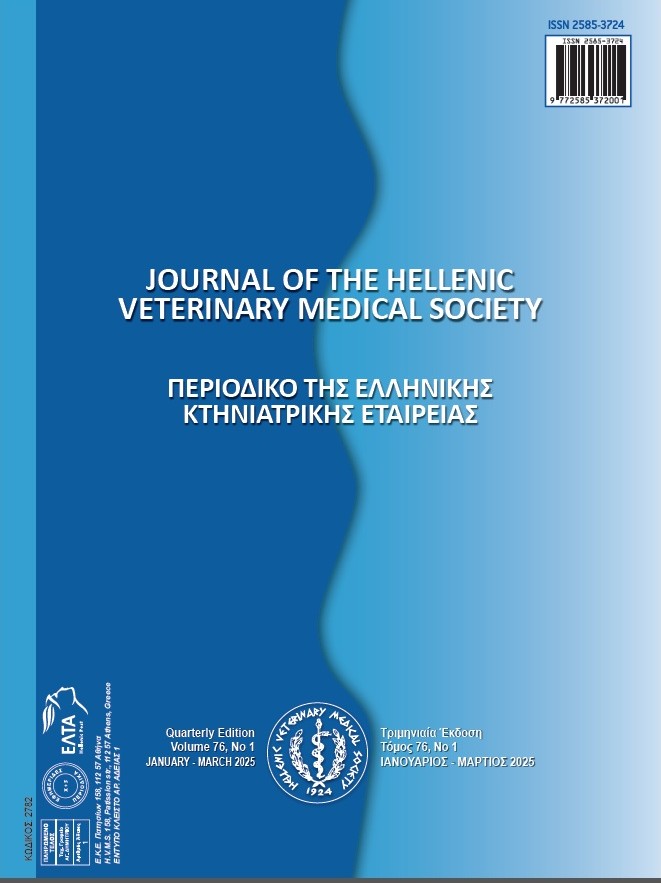Growth performance, carcass characteristics, fatty acid composition, blood parameters, and gut morphology of Italian quails fed diets containing chia seed (Salvia hispanica L.)
Résumé
The main objective of the study was to determine the growth, hematological parameters, and gut-associated attributes in Italian quails fed chia seed (Salvia hispanica L.) (CS). Two hundred mixed-sex, 1-day-old Italian quails were randomly distributed into four treatment groups (n=50 birds/group) kept in five replicate pens with 10 birds per pen from day 1 to 35, under a completely randomized design. The control group received a basal diet with no CS, whereas the other groups were fed diets containing 1%, 2%, and 3% CS. Results revealed that for the 0-5 weeks study period, the live weigh, and the feed conversion ratio (FCR) were significantly (P = 0.05) improved with supplementation of 3% CS. However significant (P < 0.05) difference was noticed within groups for slaughter live weight, hot carcass, cold carcass, dressing percentage, heart and liver weight, and pH of carcass at the time of slaughter and after 24 hours. Similarly, breast meat dry matter, ash percentage, cooking loss, and water holding capacity were also not influenced (P < 0.05) by supplementation of CS. Regarding gut associated attributes, the ileal villus height (VH) of the control diet is higher compared with those fed CS means supplementation of CS resulted in reduced (P < 0.05) VH, whereas crypt depth (CD) was reduced (P = 0.001) quadratically. The total protein and cholesterol profile significantly (P = 0.001) improved, and the lipids profile decreased significantly (P = 0.001) with the supplementation of CS. The CS-fed groups had substantially greater values of myristoleic acid, linoleic acid, docosahexaenoic acid, PUFA, USFA, PUFA/SFA, UFA/SFA, and omega 6 (n6), whereas lower values of palmitoleic acid, stearic acid, eicosanoic acid, erucic acid, SFA in breast meat of quails compared to the control group. In conclusion, the supplementation of 3% CS resulted in better growth performance, improved blood parameters, and enhanced nutritional profile of quail breast meat for human consumption.
Article Details
- Comment citer
-
Karadağoğlu, Ö, Ahmed, I., Şahin, T., Ölmez, M., Özsoy, B., Şerbetçi, İ, Karadağoğlu, G., Sarı, E., Öğün, M., & Riaz, R. (2024). Growth performance, carcass characteristics, fatty acid composition, blood parameters, and gut morphology of Italian quails fed diets containing chia seed (Salvia hispanica L.). Journal of the Hellenic Veterinary Medical Society, 75(3), 7903–7916. https://doi.org/10.12681/jhvms.35864
- Numéro
- Vol. 75 No 3 (2024)
- Rubrique
- Research Articles

Ce travail est disponible sous licence Creative Commons Attribution - Pas d’Utilisation Commerciale 4.0 International.
Authors who publish with this journal agree to the following terms:
· Authors retain copyright and grant the journal right of first publication with the work simultaneously licensed under a Creative Commons Attribution Non-Commercial License that allows others to share the work with an acknowledgement of the work's authorship and initial publication in this journal.
· Authors are able to enter into separate, additional contractual arrangements for the non-exclusive distribution of the journal's published version of the work (e.g. post it to an institutional repository or publish it in a book), with an acknowledgement of its initial publication in this journal.
· Authors are permitted and encouraged to post their work online (preferably in institutional repositories or on their website) prior to and during the submission process, as it can lead to productive exchanges, as well as earlier and greater citation of published work.





